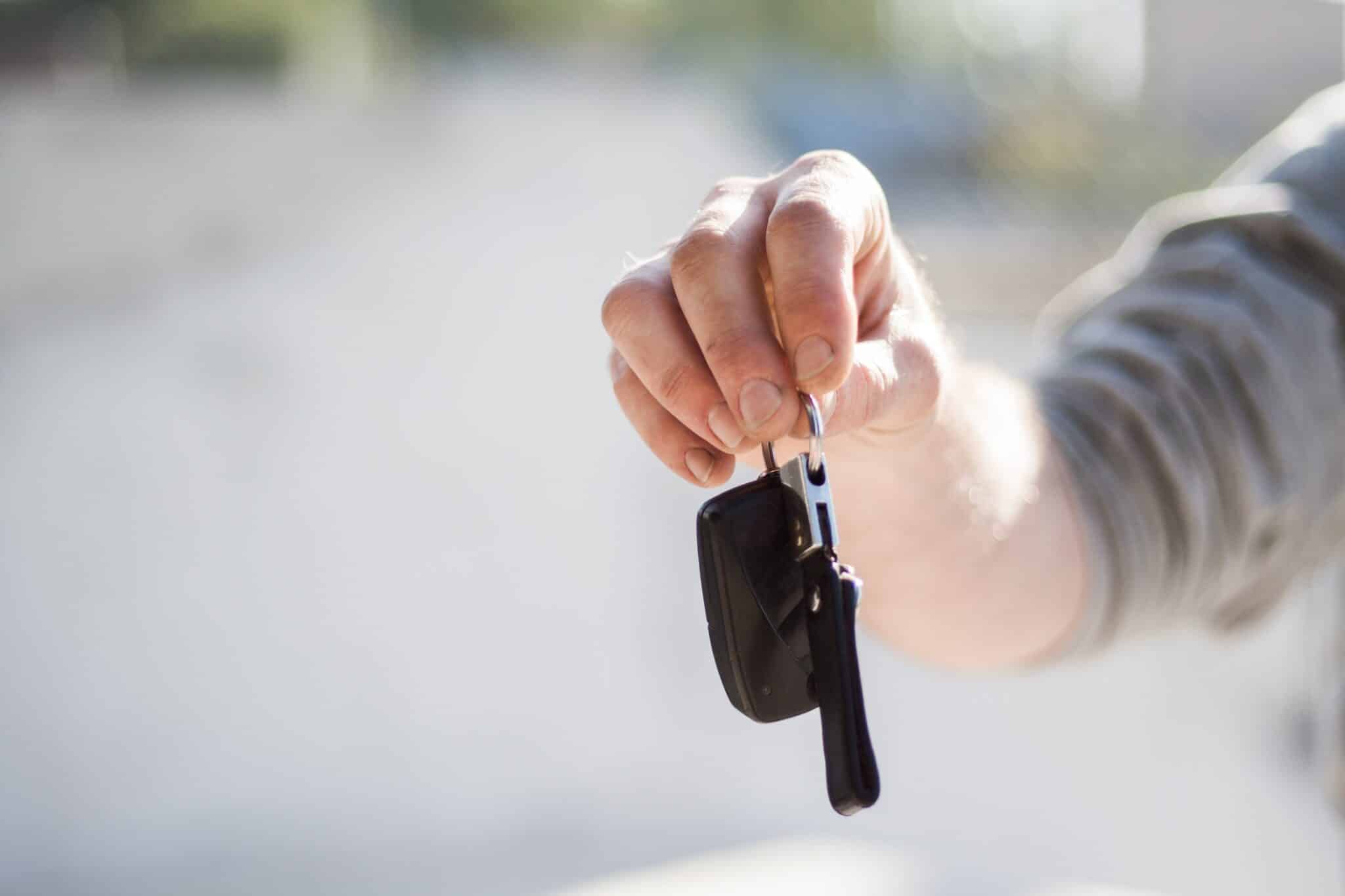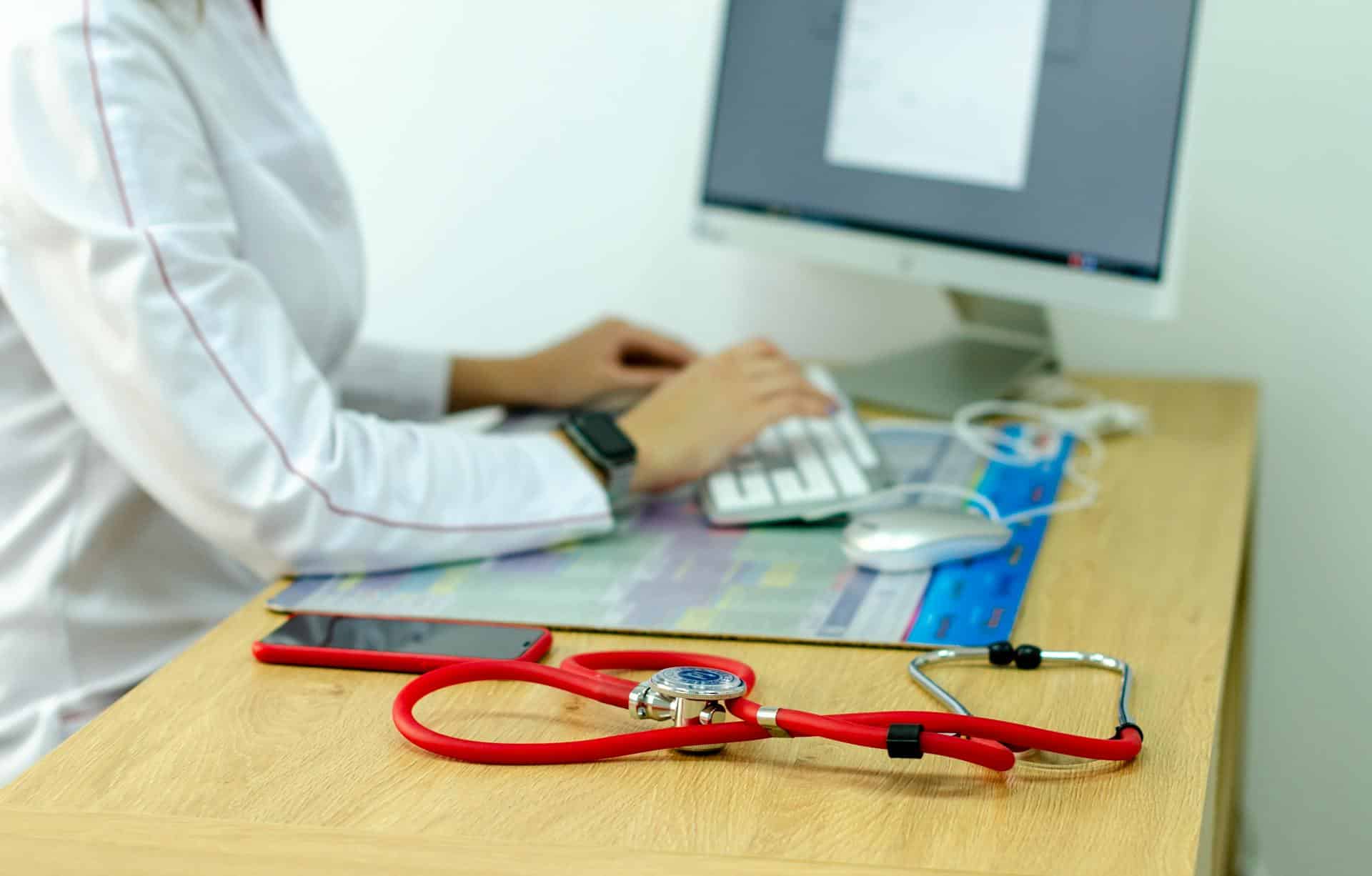Having a car repossessed can be a huge hassle and, in some cases, throw your life upside down, especially if you use your vehicle for everyday transportation. But, what can you do after your car gets repossessed to get it back? Learn more about getting a repossessed car back, repossession in general, and how you can avoid it in the first place.
Why Can My Car Get Repossessed?
Your car can be repossessed if you break your loan agreement, which can sometimes mean something as simple as not having car insurance. Most of the time, though, it is because of missed or default loan payments on a car loan, a car lease, or a title loan.
Repossession is often the last step for lenders when their borrowers cannot or do not repay the loan and therefore break the loan contract. When a creditor repossesses a vehicle, they do have the right to sell the car to get their money back. Additionally, bankruptcy can sometimes lead to a repossessed vehicle. Repossession can also mean having to pay your lender after the car is sold if there is a deficiency balance. This occurs when the amount you owe is higher than what the car was sold for, which means that you still owe the lender money.
Here is more information on the different circumstances that can lead to car repossession:
Repossession From an Auto Loan
A car loan or auto loan allows borrowers to pay for a car slowly over time rather than for the entire cost upfront, you can have multiple auto loans. If you take out a car loan, until you pay the loan in full, your lender will have technical vehicle ownership. And so, if you stop making car payments, your lender will have the right to repossess the car.
Repossession From a Car Lease
A car lease works similarly to a car loan, except leases are meant as more of a trial for the car, usually lasting a few months or a year. Leases tend to be cheaper than car loans because, at the end of the lease, you can choose to trade in your vehicle, buy it outright, or return it. With a lease, if you miss monthly payments or do not return the car on time, the vehicle will be repossessed.
Repossession From a Car Title Loan
A car title loan uses a borrower’s vehicle as collateral. With one of these loans, you can continue using your vehicle as you repay your loan, even though the lender keeps the car’s title until the loan is paid back. Once you pay back the loan, you get your vehicle back. Any missed payments or default on loan terms can mean a car repossession. The good news is that there are ways to get out of a title loan without losing your car, more on that below.
Bankruptcy
Sometimes bankruptcy can also mean getting a car repossessed. As with bankruptcy, your assets and personal property can be sold to pay off your debts, including your vehicle. However, there are protections set in place for cars under a specific value, which you will have to file.
How To Get Your Car Back After Repossession
Each state is a little different regarding repossession laws; however, getting your car back will entail a similar process. If your vehicle is repossessed, here are the steps you need to take to try and get it back:
Step 1: Ask About Details on the Repossession
The first thing you should do is contact the lender and ask about the exact reason for repossession. Most of the time, a repossession will occur because of multiple missed monthly payments. From here, you can then figure out options to get your car back.
Step 2: Figure Out Your Options
Once you talk to a loan agent and they get you caught up on the situation, you may be able to work something out to get the car back. In most cases, lenders will ask that you make a loan payment or pay the loan in full to receive the vehicle back. Additionally, because most lenders use a repossession company, they also incur repossession fees (storage fees, general services, etc.). And so, you will have to take on these repossession costs, along with the remaining loan balance.
Some lenders may be open to a new repayment plan option or partial payments. While in other cases, you may not get that flexibility so late in the repossession process.
Step 3: Pay the Required Funds
To get your car back, you will need to make some kind of payment to the lender. That amount will vary depending on your loan and how much you have already paid. If you do not have the funds available right away, there are options you can pursue. Most creditors may give you some time to come up with funds, while some may ask for some type of immediate payment. Here are some options you can use to pay and get your car back:
Get a New Loan
A new loan can help pay off your old remaining loan balance along with any fees incurred after repossession. Also known as refinancing your car loan, title loan, car lease, etc. When you have a good credit score, you’ll have plenty of loan options for various amounts you can choose, options like personal loans, credit cards, etc. However, when you have bad credit, you may not have the best loan options or get enough money to get your car back from repossession.
Sell Some Stuff
Most people have some stuff they can sell if they need money. And if you need funds to pay back your auto lender/creditor, etc., definitely consider doing so. Remember that this may take some time, so try to negotiate with your creditor if you think you can take on this option.
Get a Side Gig
A side gig can help you get extra cash to pay to get your car out of repossession. Options like ridesharing, dog-walking, contract work, etc., can be easy to set up and start. And depending on what skills you have, you may be able to get a good amount of money in a relatively short amount of time.
Bankruptcy and Car Repossession
Protecting your car works differently when repossessed due to bankruptcy rather than an unpaid loan. A bankruptcy attorney will be extremely helpful when filing for exemptions, including a vehicle exemption. Exemptions put plainly can protect your assets during the bankruptcy process. And a vehicle exemption is just that for your car, which could save it from repossession.
How Will Repossession Affect My Credit Scores?
Repossession, in most cases, occurs when you owe money to a lender and do not pay back your loan or default on it altogether. These actions will appear on your credit report and affect your credit scores from all three credit bureaus. A missed payment or default can stay on your credit report for up to seven years, hurting your credit and, therefore, your financial health.
How To Prevent Repossession
Before or after taking out a loan (car loan, title loan, car lease, etc.), there are definitely things you can do to prevent repossession. Here are some things you should consider:
Communicate With Your Financial Institution/Lender
Let’s say you take out a loan, and your financial situation changes a few months in. In that case, you need to contact your lender and be transparent immediately. The sooner you let them know about a change in your finances, the easier it may be for them to make other payment arrangements with you instead of pursuing the process of repossession.
Consider Loan Affordability Before Taking Out a Loan
It is one thing to not be able to pay your loan because your financial situation changes, another if it is unaffordable from the start. Before you take out a loan, it is crucial to understand how much it costs to gauge whether you can afford the loan. Any loan’s cost includes more than just the interest rates (not to mention the different kinds of interest rates you’ll find with a loan). Costs like origination fees and balloon payments can increase the price of the loan. Financial literacy is important, so learn about the basics of lending before you decide to take out a loan, especially one that involves your vehicle!
Buy Your Cars Outright
When you don’t have a loan on your car, you don’t have to worry about it being repossessed because of missed or late payments. And so, before considering a loan option, think about whether you can save, get a temporary second job, etc., to pay for a car outright. This may mean buying a slightly older car or something used. However, it can definitely give you peace of mind, especially if this purchase will be your primary transportation method.
The Bottom Line With Getting Your Car Back After Repossession
If your car is repossessed, there are options available! Talking to your lender and getting a payment on the outstanding balance is a good place to start. The good news is that many lenders are flexible as long as you have the money to pay them or take care of their requirements. When it comes to repossession with bankruptcy, filing a vehicle exemption may help protect your vehicle. Still, there are caveats to this, such as vehicle value and whether or not your car has an existing loan on it.
Izzy is a copywriter and social media specialist at CreditNinja, specializing in personal finance and branded content. With six years of professional experience, her expertise includes fraud prevention, budgeting, debt repayment, and subprime lending. Izzy earned her Bachelor of Arts in English Literature in 2017.







